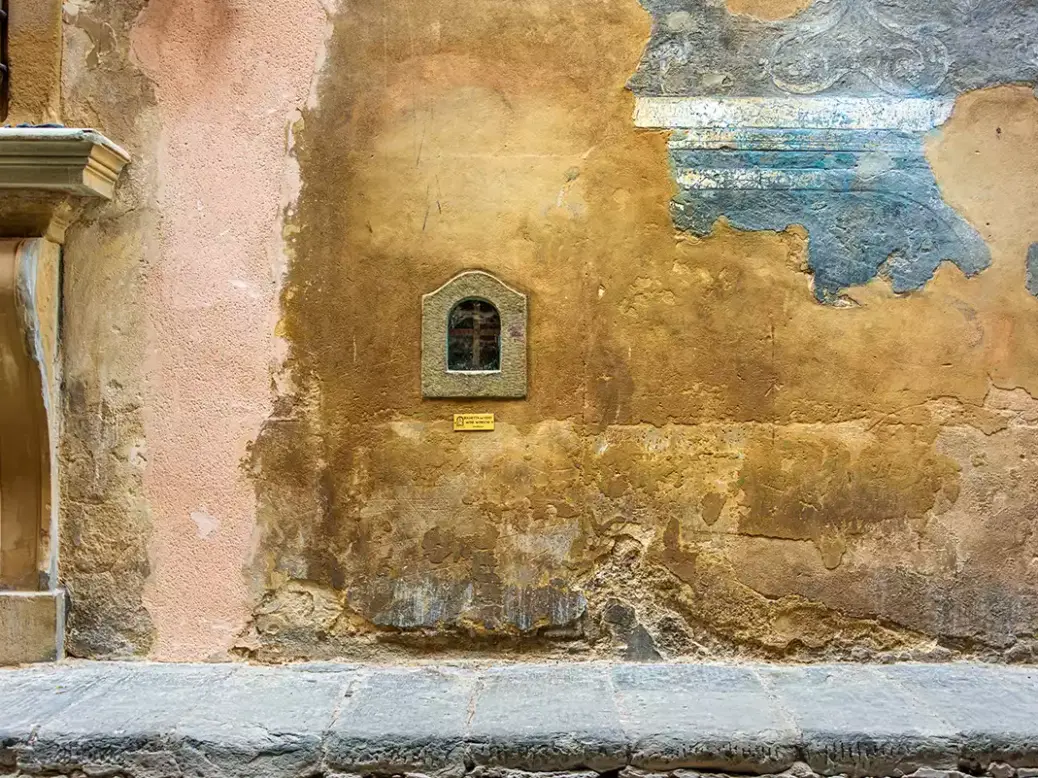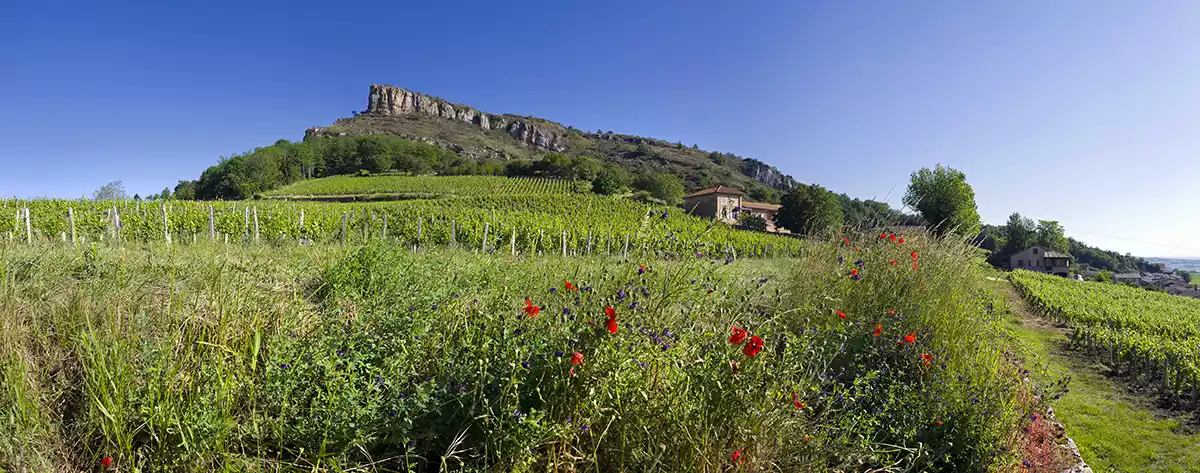
Stuart Walton celebrates Florence’s buchette del vino, the tiny “wine windows” that have helped supply the city’s wine drinkers since the 1500s.
First-time visitors to Florence who have not yet glanced at their guidebooks will already have noticed, as they glide about the Tuscan capital, that many of the buildings are equipped with little arched windows at ground-floor level, particularly in the Centro Storico, the oldest part of the city. These are the buchette del vino, “little wine-holes,” known somewhat more elegantly in English as wine windows. Usually no more than 30cm [12 inches] high, they tend to be built into the sidewalls of houses, and are prevalent enough throughout Florence that historical instinct should tell the tourist that they must be more than a simple architectural feature.
The buchette have their origins in the 16th century, and if you are awaiting a reference to one of Italy’s most famous family names, you won’t be disappointed. The inexorable rise to power of Cosimo de’ Medici (1519–74), who would become Tuscany’s first Grand Duke in 1569, was not entirely welcomed with open arms and hearts by the regional nobility. He was not of the so-called senior branch of the Medicis, only acceding to the dukedom of Florence at a fresh-faced 17 years old, when his predecessor Alessandro was assassinated before he had had time to produce anything in the way of a male heir other than a four-year-old by-blow. By his later years, Cosimo had acquired the reputation of a ruthless martinet, whose passion for military fortifications and arts patronage were financed by an unquenchable thirst for taxes.
Most of the gentry families possessed vineyard holdings in the hills outside Florence and Siena, and the taxes on their wine sales contributed significantly to the metropolitan coffers. After he had been proclaimed Grand Duke, Cosimo hit upon the bright idea of permitting the wine-producing families to sell their wares from their own homes, thereby sanctioning a widespread, and undeniably popular, tax dodge. Nobody, though, wanted the urban crowd spilling over their portals and gawping at the wall-hangings while they waited for their wine. The wine windows were the answer, an inconspicuous point-of-sale amenity just large enough for an average fiasco to be passed back and forth, the empty returned for refilling next day, in an arrangement that kept the jostling customers satisfied with an affordable supply as much as it protected the domestic dignity of the nobles.
By the following century, when bubonic plague returned to Europe at its most virulent rate of spread since the calamity of the 14th century, the buchette came into their own in another way. At a time when contagion was rife, and would eventually carry off about one-eighth of the city’s population in the early 1630s, the fact that the purchase of wine could take place with minimal human contact helped save many lives. Wine itself was still widely held to have medicinal properties, but the barrier the windows created against the transmission of fleas and the inhalation of respiratory droplets from infected people was undoubtedly all the more effective.
Buchette in the 21st century
The first global pandemic of the 21st century proved the usefulness of the buchette once again, and many of them have now become service features of wine-bars and cafes in their own right. Look for the price lists below the windows to see which ones are in use. There is something pleasingly uncommercial about being served a glass of wine, perhaps with a little prosciutto to accompany it, by a disembodied hand through a hole in the wall. To stand and drink it in the street may not be everybody’s idea of relaxation, but you are not paying the overheads for sitting indoors at a table. Florence runs on wine, and a quick glass on the fly is a reminder of its ordinary but indispensable role in daily life.
Born of power politics and the currying of economic favor, the wine windows bear a distant resemblance to the small, shuttered apertures, known as hagioscopes or “squints,” in some medieval churches, through which solitary anchorites could see the high altar and sometimes receive the elements of the Eucharist.
Florentine buchette and hermits’ windows at least preserved the transaction as one that took place between humans. The latest technology allows adventurous consumers to serve themselves from Enomatic dispensers in smart wine bars, a small squirt of something expensive elevating the interaction with what is essentially a vending machine into a moment of magic.
The passing of a cup between one realm and the next, whether from devoutness or quarantine, or simply to preserve the distinction between inside and outside, marks the border between the physical and the metaphysical. It frames the consumption of wine in its own forms of ceremonial, emphasizing that, at the end of its production process, when the moment comes to take it and drink it, it must pass from one hand to another.







